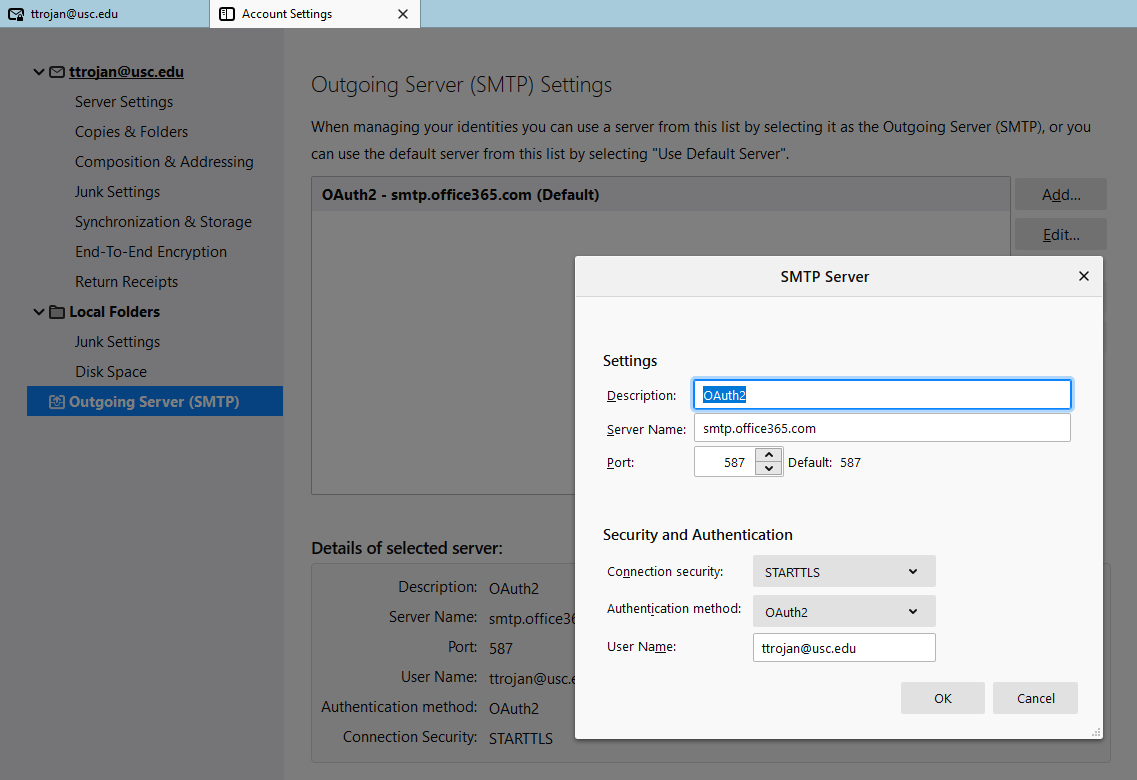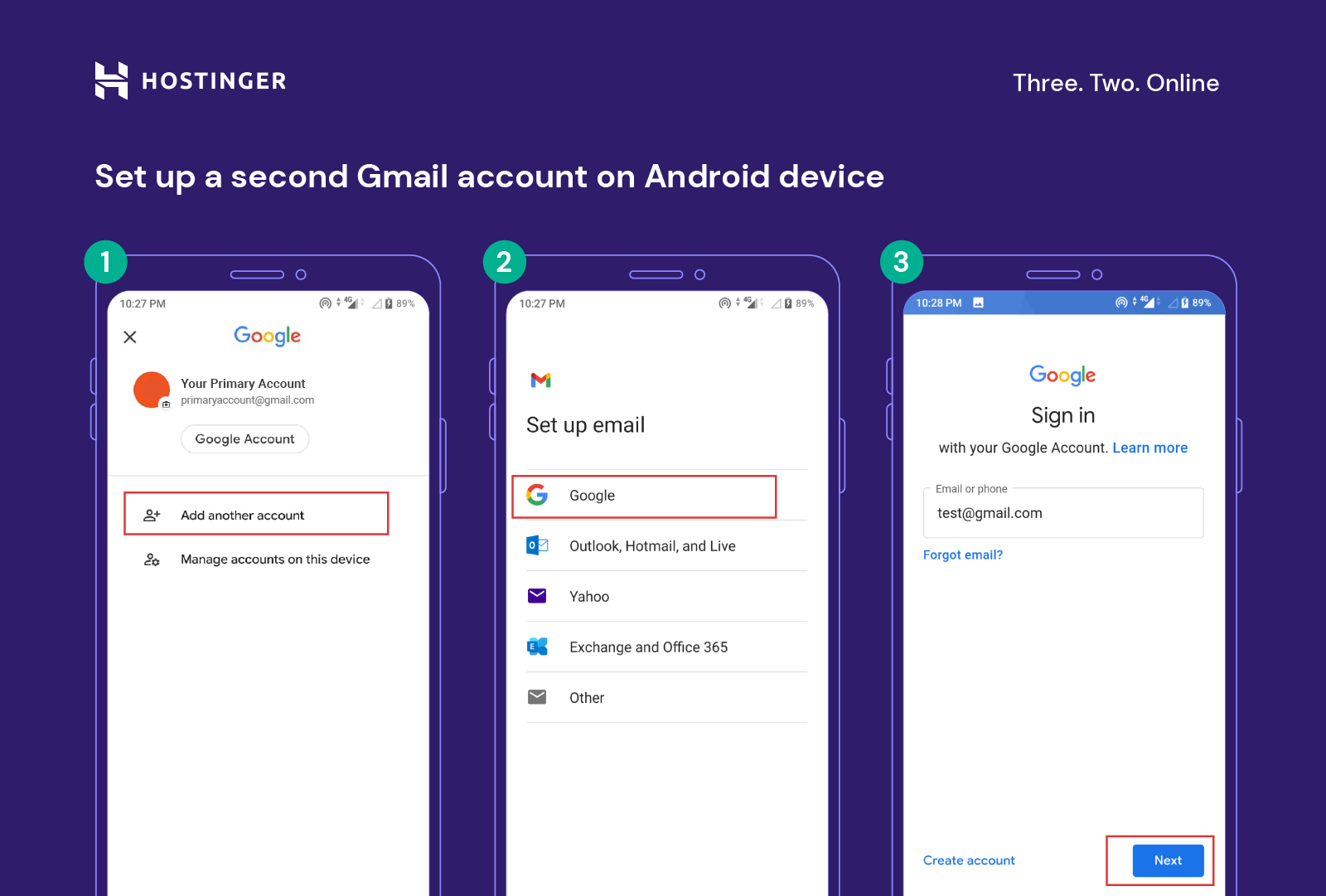

UPDATE: These features should be turned on and activated by default for new tenants with the correct licensing. I think the vast majority of small businesses will be most interested in the Do Not Forward and most likely the Encrypt permission for that reason (with these it is possible to send external messages). It is worth mentioning that the other permissions templates that are included–Confidential and Highly Confidential–still apply encryption and special permissions, but they only apply to internally sent messages (within the company). Furthermore, when using Do Not Forward, the intended recipient will not be able to forward or copy the message contents out. You must be able to “sign in” as the intended user. In both cases, if you are not the intended recipient, you will not be able to open and view the contents. But Microsoft has since released a new template called Encrypt which only encrypts the content, and does not apply the more “restrictive” Do Not Forward permissions. Update: when this first came out, the Do Not Forward permission was the only option for encryption.

Just like that, I can retrieve my message via the browser: One time passcode is still an option, also.

Notice, however, that the process is now a bit easier (no attachment) and I can even sign in using my Gmail account. On the other hand, if you don’t have the official Outlook client to open these messages, then users will have to click through to read their message on the web. If the recipient is signed into Outlook using their Microsoft account (and they have the latest updates), then they should be good to go.

If they have Outlook 2016, Outlook for iOS, Outlook for Android, or Outlook on the web, then they will be able to open these messages seamlessly in the Outlook client. Here is how the experience looks for end-users, who are recipients of a protected message. Now there is a new experience that makes things a little easier. Microsoft appears to be encouraging us to move away from the “old” experience of Office 365 message encryption, and toward the “message protection” features, from their website: Using the original Office 365 message encryption feature, users would get an html attachment, and when they opened it, they would be asked to sign in (using a Microsoft account or a one-time passcode), which redirected the user to a website, where they could view the message online through a web browser. You can also setup transport rules for it, which again, was available previously. With the “protect” feature, you are really just getting a shortcut to apply the Do Not Forward permission to your messages. Take for example this shiny new button we get for “protecting” our messages in OWA. That is, the “new” encryption technology isn’t really new at all. The name changes weren’t confusing enough for us, right? Well, awhile back they announced this big change to the email encryption experience. Previously we have covered Office 365 Message Encryption, as well as what used to be called Azure Rights Management (now Azure Information Protection).


 0 kommentar(er)
0 kommentar(er)
